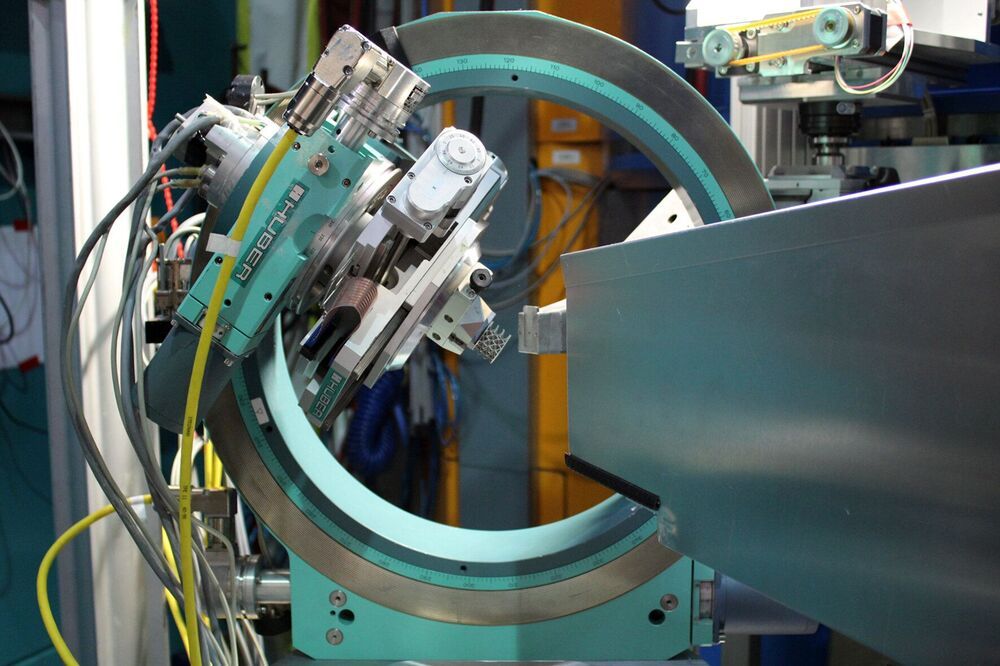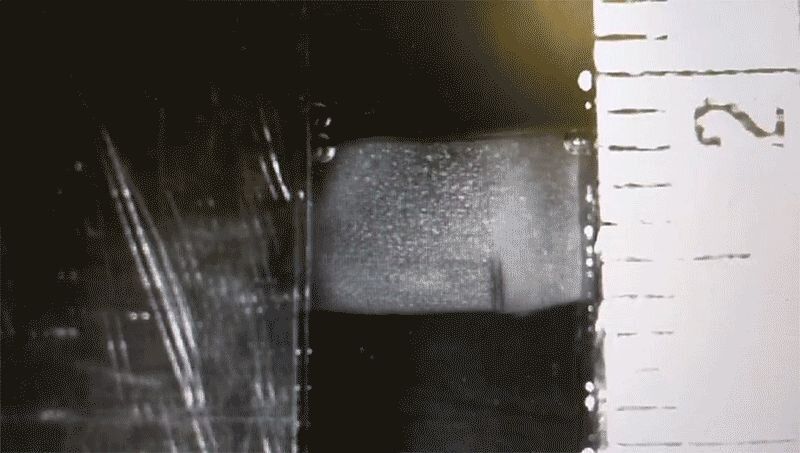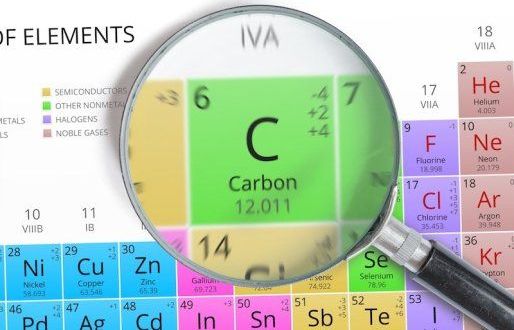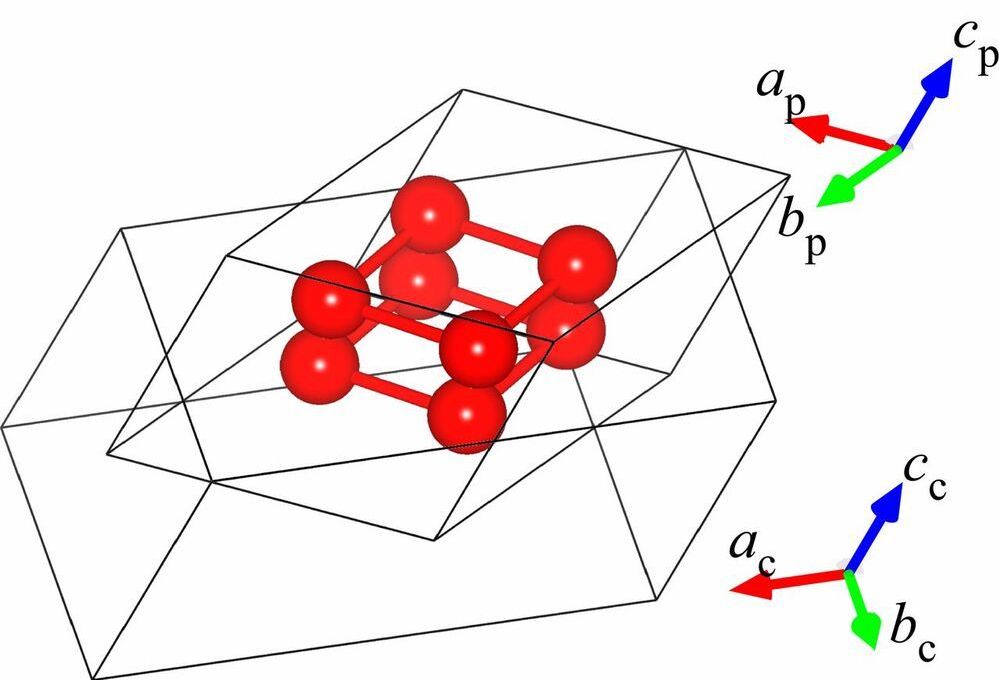UCLA materials scientists have developed a class of optical material that controls how heat radiation is directed from an object. Similar to the way overlapping blinds direct the angle of visible light coming through a window, the breakthrough involves utilizing a special class of materials that manipulates how thermal radiation travels through such materials.
Recently published in Science, the advance could be used to improve the efficiency of energy-conversion systems and enable more effective sensing and detection technologies.
“Our goal was to show that we could effectively beam thermal radiation —the heat all objects emanate as electromagnetic waves —over broad wavelengths to the same direction,” said study leader Aaswath Raman, an assistant professor of materials science and engineering at the UCLA Samueli School of Engineering. “This advance offers new capabilities for a range of technologies that depend on the ability to control the flows of heat in the form of thermal radiation. This includes imaging and sensing applications that rely on thermal sources or detecting them, as well as energy applications such as solar heating, waste heat recovery and radiative cooling, where restricting the directionality of heat flow can improve performance. ”.









